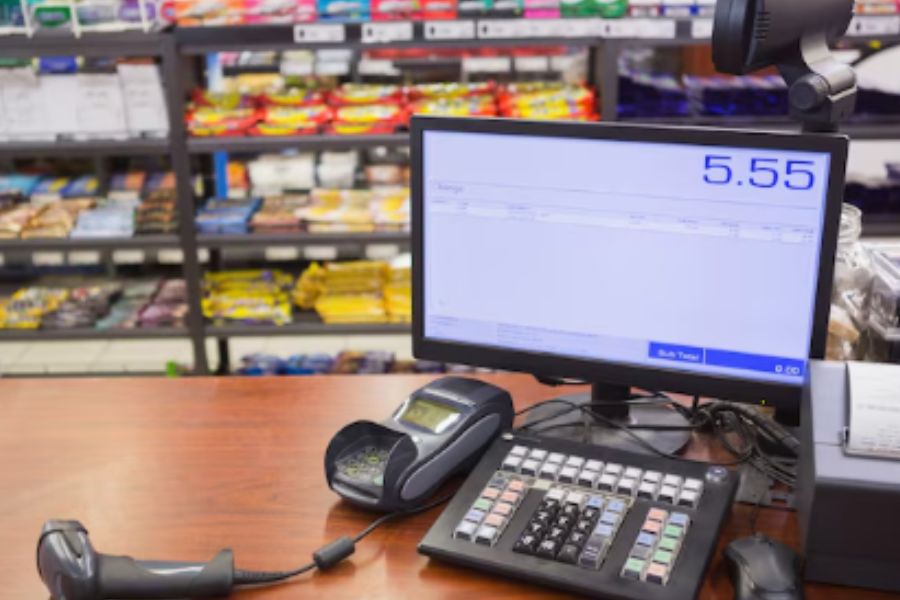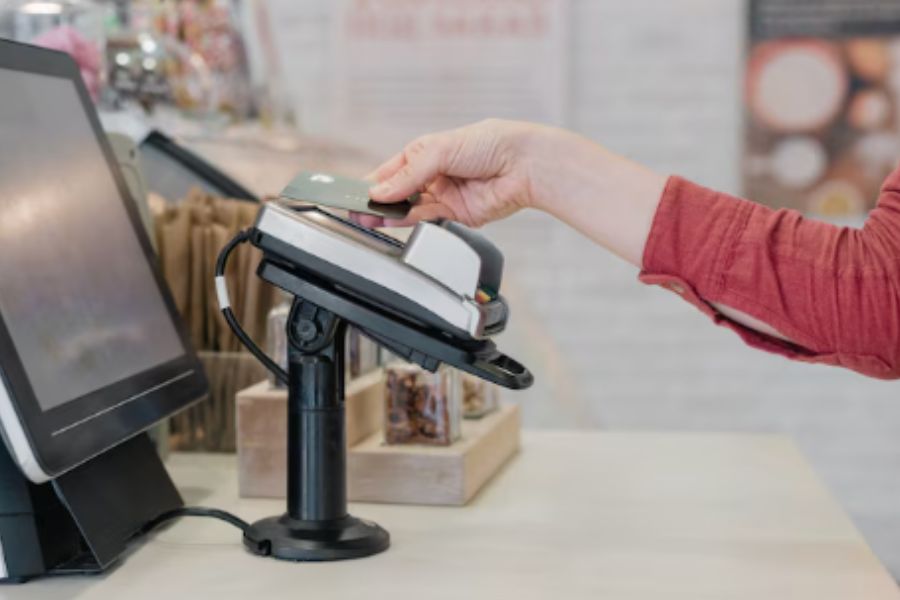What is a cash float?
Cash float can be understood as 2 things:
(1) The amount of cash put in the cash drawer at the beginning of each working shift, usually in a small amount. It will be used as a change for cash transactions, because customers often do not pay the exact amount for the purchase in cash.
(2) The difference between the cash balance in the businesses’ accounting system and the cash displayed in the company’s bank account balances. The difference can be due to the delays in processing paper checks, as banks often take time to receive and record a check.
For definition 1
The amount of cash float you need in the register should be determined at the beginning to control the fund and avoid theft. These rules should include the specific types of expenses for which the float will be used, the amount of money, and the replenishment frequency.
Putting the money in a safe place, usually a locked cash drawer, is also advisable. In addition, cash floats should be monitored by a custodian, who is responsible for keeping accurate records of any increase/decrease in cash floats.
Employees must be informed about the float establishment and ask for approval of the custodian to use the cash float.
Read More: How to use a cash register

For definition 2
Cash float has 3 main types as the following:
- Disbursement float: When a check is written but the customer hasn’t cashed the check. This will leave some additional money in your account in the next few days.
- Collection float: When someone deposits a check but the bank hasn’t credited your account. This subtracts the money from your bank account in the next few days.
- Net float: The total amount of disbursement and collection floats.
For the best management for these types of cash float, businesses should maximize their disbursement floats and minimize collection floats. If you have any questions, please contact ConnectPOS for advice and answers!


